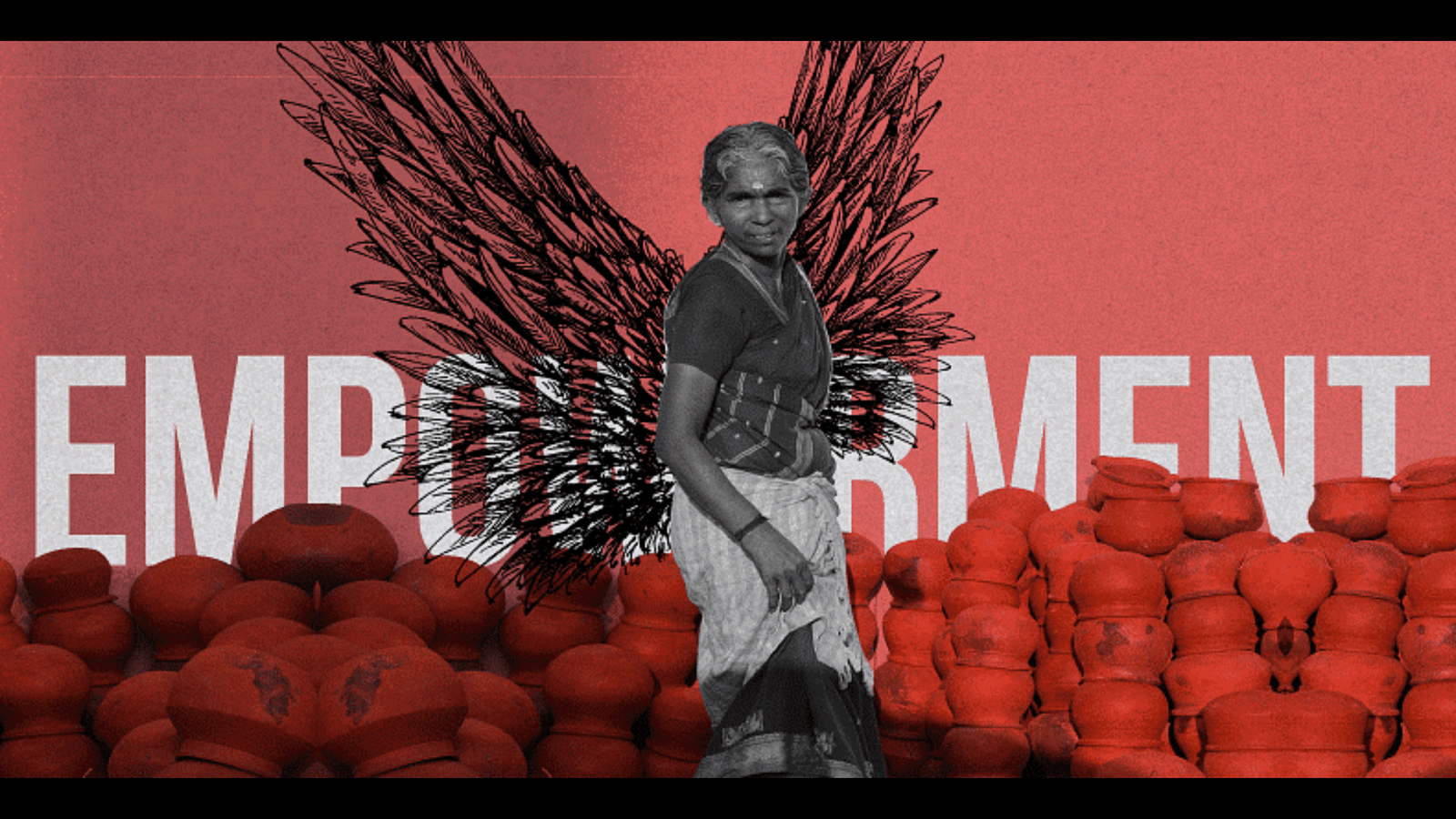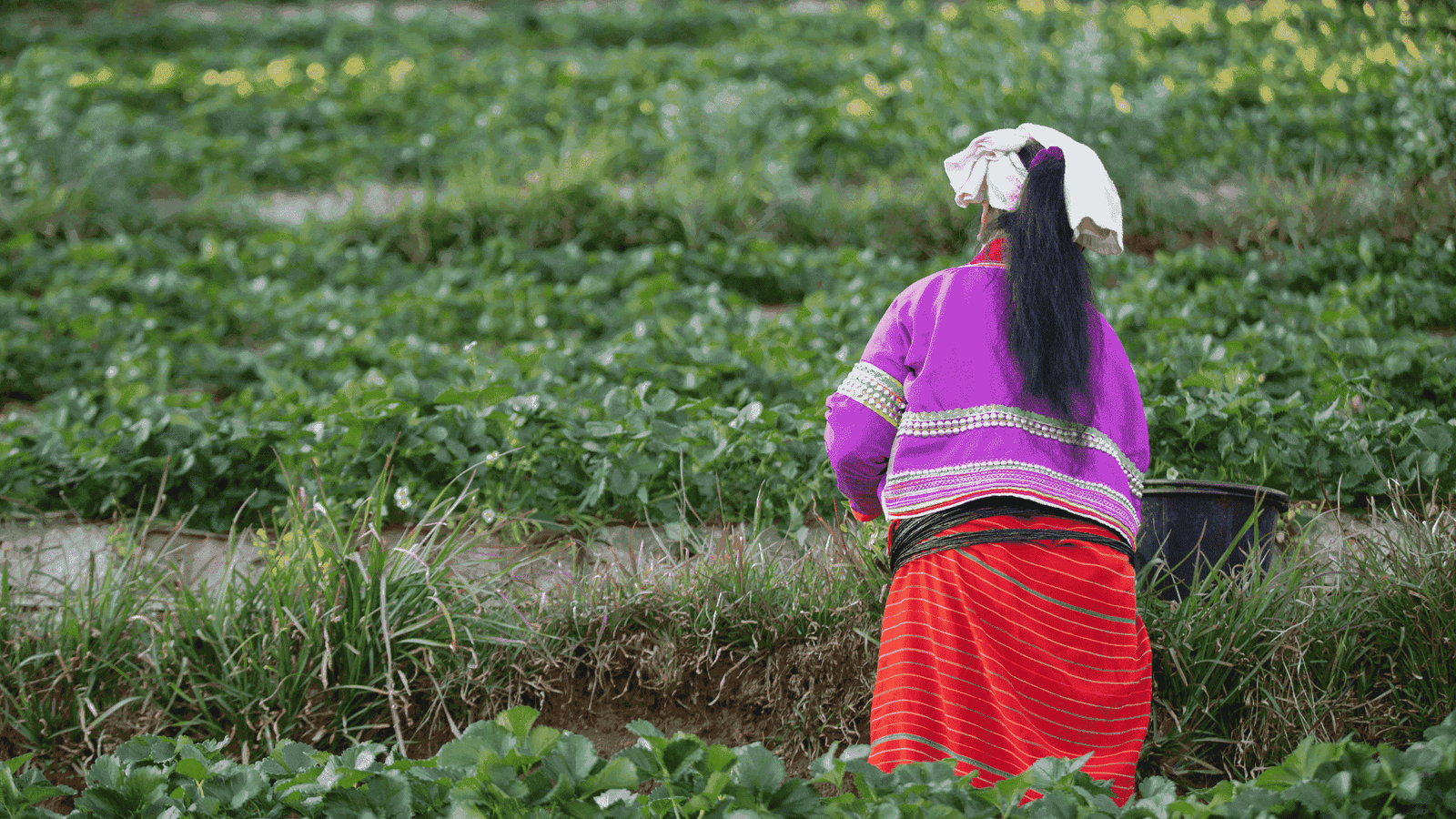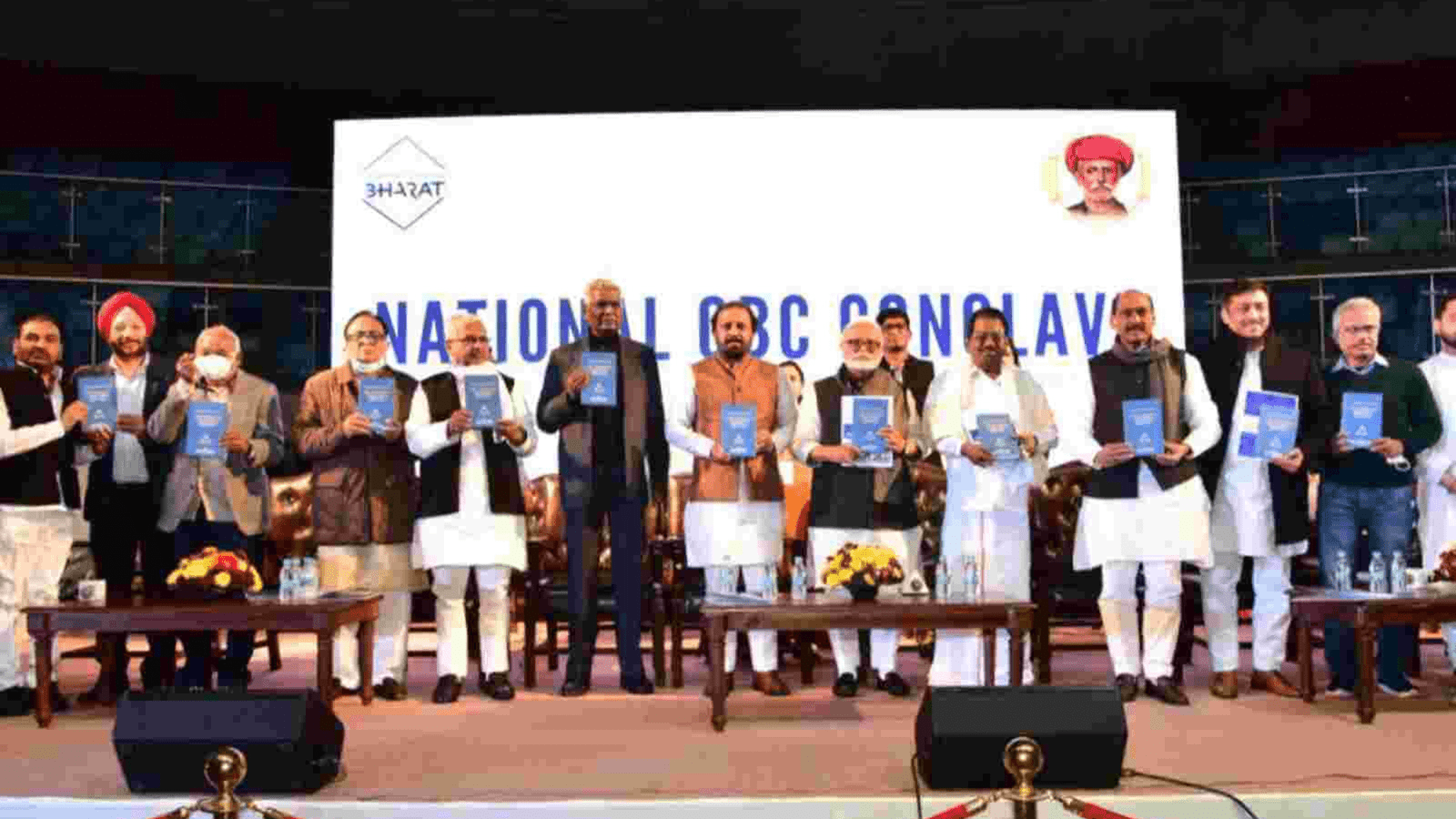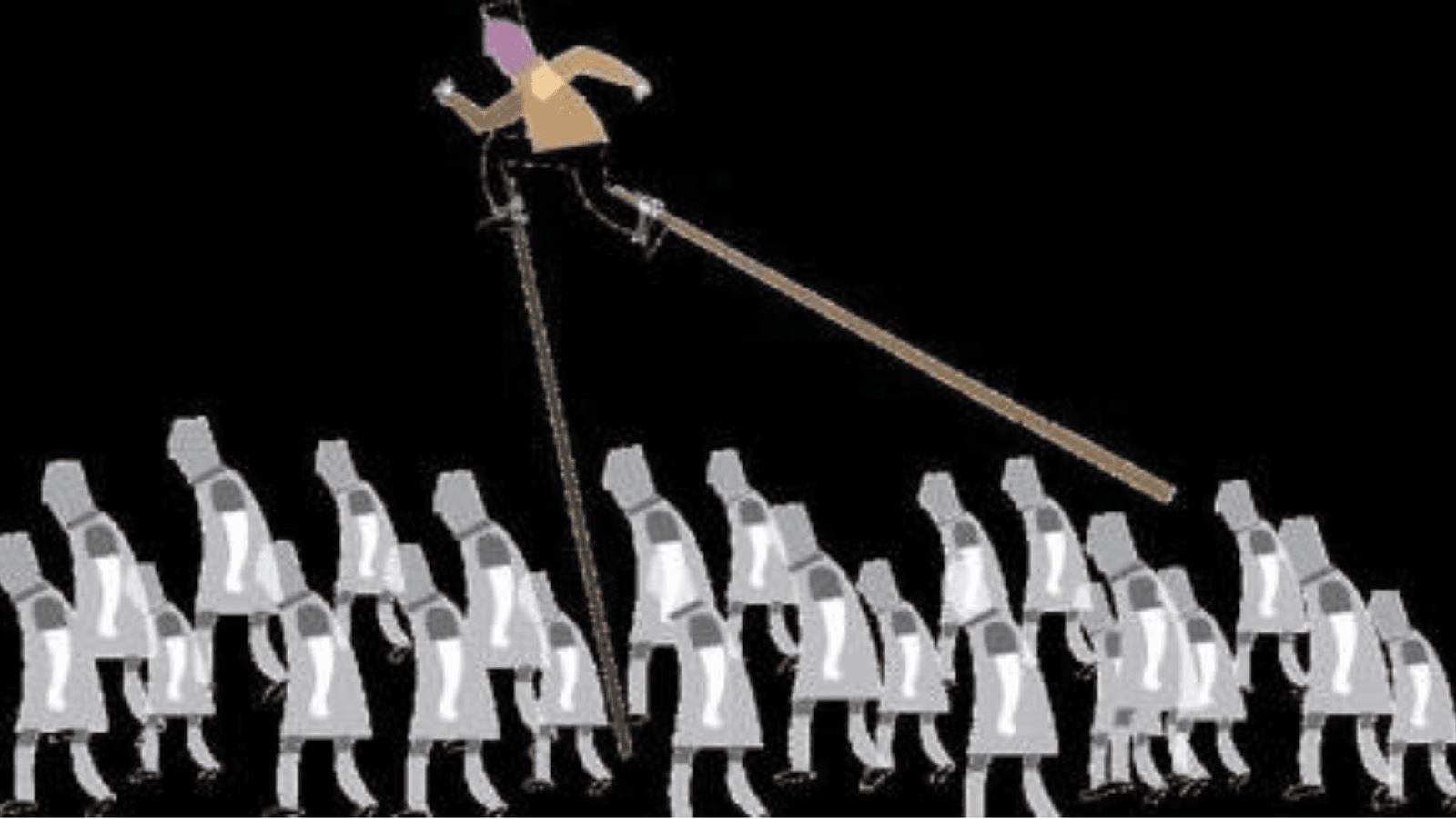
The News:
The State of Environment in figures Report 2021 by Delhi based think tank Centre for Science and Environment (CSE) released data on farmer protests.
Findings of the Report:
The report found that there has been a fivefold increase in the number of farmer protests since 2017.
In 2017, there were 34 major protests across 15 states. The number has now shot up to 165 protests across 22 states and Union territories.
12 of these were pan-India protests, including 11 agitations against three farm reforms laws introduced last year.
The other reasons for protests included protests against state legislation, land acquisition, inadequate Budget allocations for the agriculture sector, against market failures and demanding fair prices and loan waivers.
The largest numbers of recent protests have taken place in Odisha, Andhra Pradesh and Telangana.
The Report noted that India now has more farm labourers than landowning farmers and cultivators.
Commenting on farmer’s suicide, the report revealed data claiming more than 28 agricultural workers and cultivators end their lives everyday.
The CSE called for better maintenance of agriculture data, noting 14 states actually witnessed deterioration in the quality of their land records.
The CSE commented that “India is sitting atop a massive time bomb of agrarian crisis and disquiet, and the clock is ticking away.”
Sociology of Farmer’s protests:
Sudhir Kumar Suthar uses narratives from various parts of India to conclude that the farmer protests are also an attempt to recover and consolidate dignity and is a quest for new identity. It is a reaction to the identity crisis borne out of disillusionment with the urbanization process and a desire to reimagine the rural spaces with city like facilities.
D N Dhanagare in his book Populism and Power: Farmers movement in western India writes that agrarian crisis in post Green revolution was symptomatic of turning point of the agrarian economy and transformation of ‘the peasant’ into ‘the farmer’. He believes that crisis evolved when the subsistence farmer gave up his dependency on the landlord and found him self in the same league as the land owners owning large tracts of lands, as dependent on the market forces.
Surjit Mishra in his study of farmer suicides in Maharashtra noted that suicide is a complex interplay of multiple factors, with minimum number of two and maximum of nine risk factors in his study sample. However, the most common was indebtedness (86 per cent), with 44 percent among them were harassed for loan. The second most common reason was fall in economic position (74 percent) when it led to sale of assets.
Manjit Sharma states that when people believe land acquisition is made with vested interests, government is far more likely to face resistance. He gives an example of the 2005-06 land acquisition in Punjab which sparked violent protest, because farmers believed that the state was working in favor of the industrialists.
Amit Narker points out that the state of agriculture in Maharashtra is so dire because of successive governmental support to cash crops with very little state support of MSP of cereals and pulses, which majority of subsistence farmers grow.
Satyendra Ranjan believes that the greatest highlight of the recent Farm protests over the three farm laws was creation of their own ‘communication ecosystem’ by the farmers which presented an antithesis to the ideological hegemony of the current ruling arrangement and allowed for the possibility of an alternate narrative apart from the official narrative by the government.









































































































